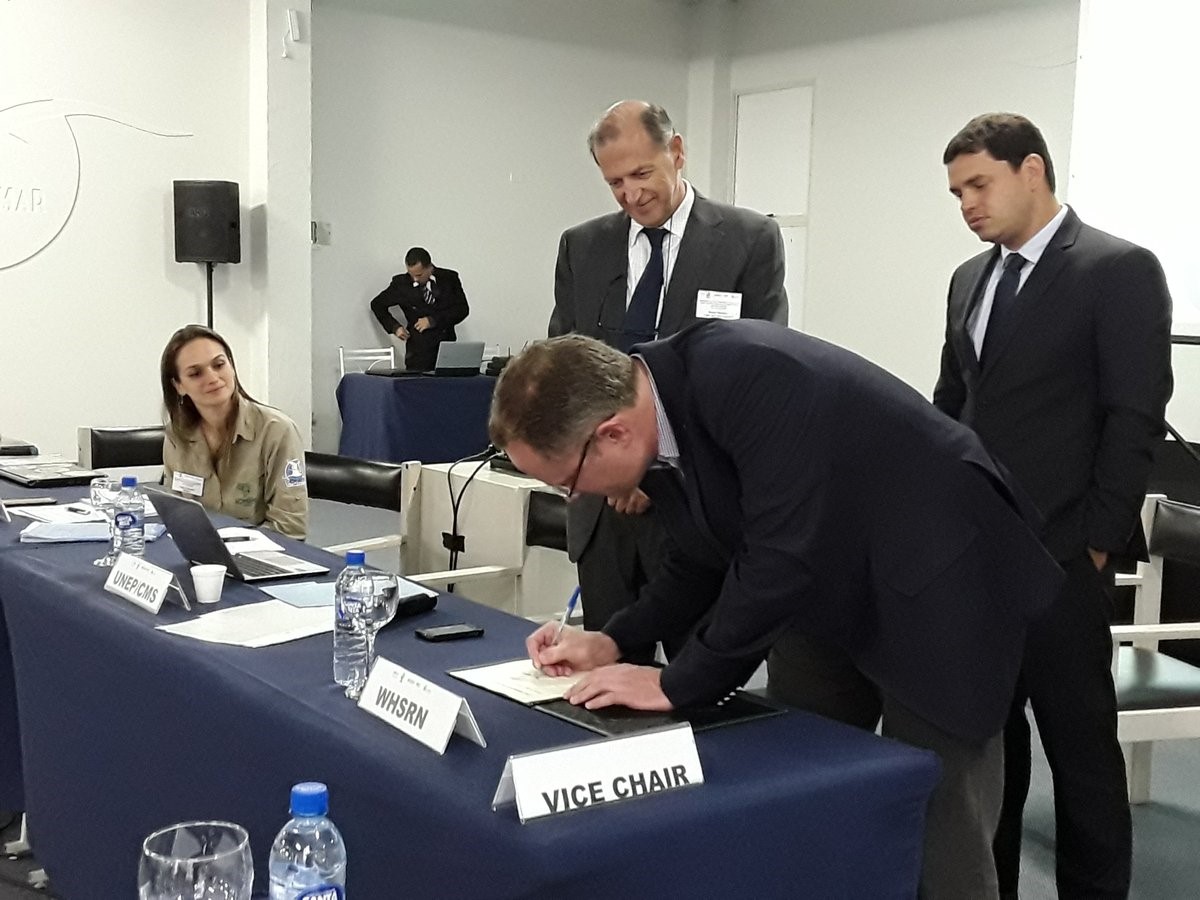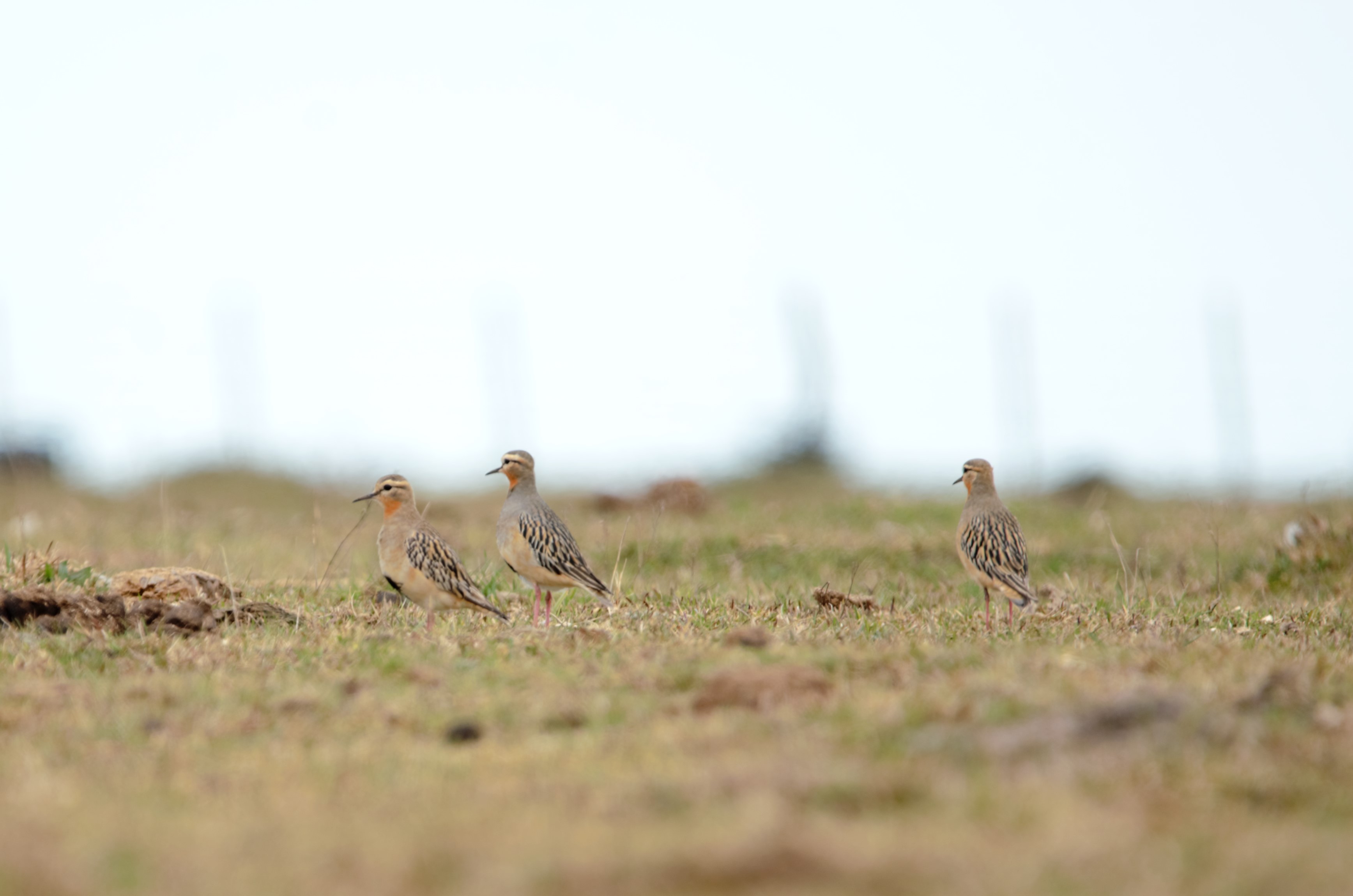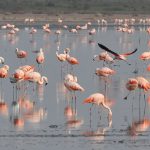On 25 July, the Director of the WHSRN Executive Office, Rob Clay, signed the Memorandum of Understanding (MoU) on the Conservation of Southern South American Migratory Grassland Bird Species and their Habitats, during the second meeting of its signatories in Florianópolis, Brazil. Thereby WHSRN officially became a cooperating partner of the MoU, which is a multilateral agreement developed under the auspices of the Convention of Migratory Species (CMS).
The temperate and tropical grasslands of southern South America comprise one of the richest grazing areas in the world, but also one of the most important grassland biomes for biodiversity conservation. Modern agriculture, greatly expanded during the latter half of the 20th Century, has caused significant changes at the local and landscape scales, with many areas of natural grassland being replaced by agricultural crops, such that only about 40% of the original area remains as natural or semi-natural grasslands. These grasslands support important populations of migratory species, including several shorebirds.
In 2007, the governments of Argentina, Bolivia, Brazil, Paraguay and Uruguay developed the MoU under CMS to work together towards better conservation of migratory grassland birds. Of the species covered by the MoU, one of them is almost certainly already extinct, the Eskimo Curlew Numenius borealis. Also included is the Buff-breasted Sandpiper Calidris subruficollis, currently considered Near Threatened with extinction at a global level. Both species are listed under Appendix I of the convention, its maximum level of protection. The geographic scope of the MoU includes five key stopover and wintering areas designated as WHSRN sites for Buff-breasted Sandpiper: the Barba Azul nature reserve in Bolivia, the Bahía de Asunción in Paraguay, Lagoa do Peixe in Brazil, Laguna de Rocha in Uruguay, and Bahía Samborombón in Argentina.

Rob Clay, Director of the WHSRN Executive Office, signs the Memorandum of Understanding (MoU) on the Conservation of Southern South American Migratory Grassland Bird Species and their Habitats. Photo: CMS Secretariat.
WHSRN site partners in Bolivia, Uruguay and Argentina are all working to develop and implement ecologically, economically and socially sustainable grazing regimes (in the latter two cases as part of the Southern Cone Grasslands Alliance). Meanwhile, at Lagoa do Peixe, WHSRN site partners are working to build understanding in the local communities of the value of natural grassland ecosystems. And at the Bahía de Asunción, site partners are working to restore habitat destroyed by the construction of a bayside road. As a collaborating partner of the MoU, WHSRN seeks to support these and other efforts to improve the extent and quality of grasslands for Buff-breasted Sandpiper and other “grass-pipers” such as American Golden Plover Pluvialis dominica, and Tawny-throated Dotterel Oreopholus ruficollis.

Tawny-throated Dotterel (Oreopholus ruficollis) at Estancia Medaland, Argentina. Photo: Natalia Martínez-Curci.






